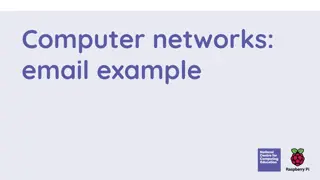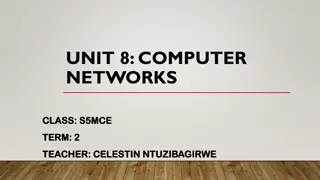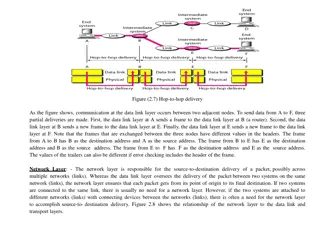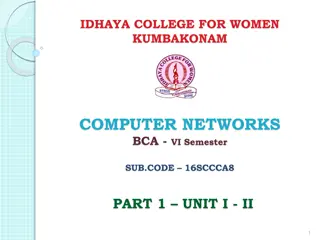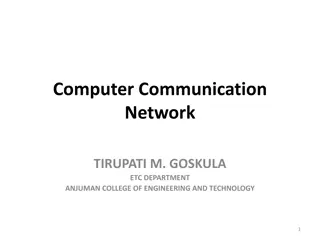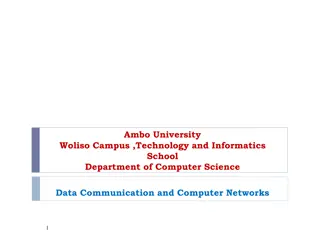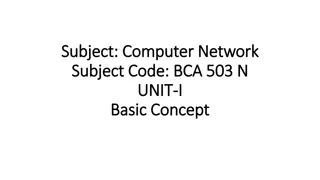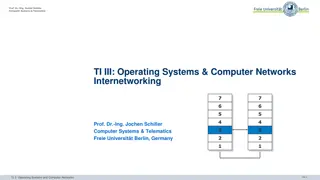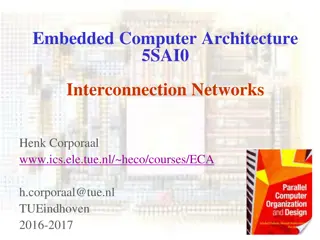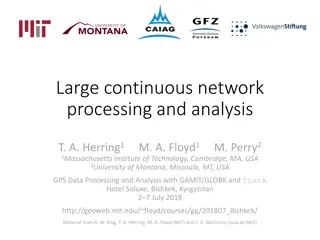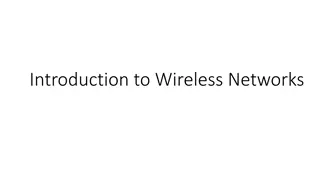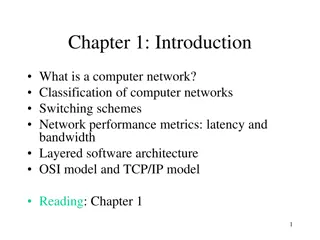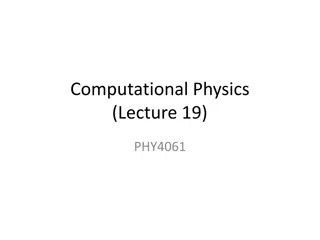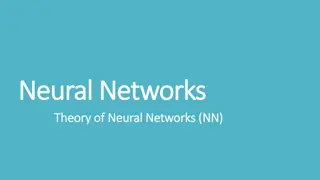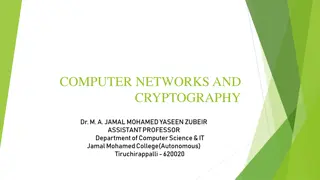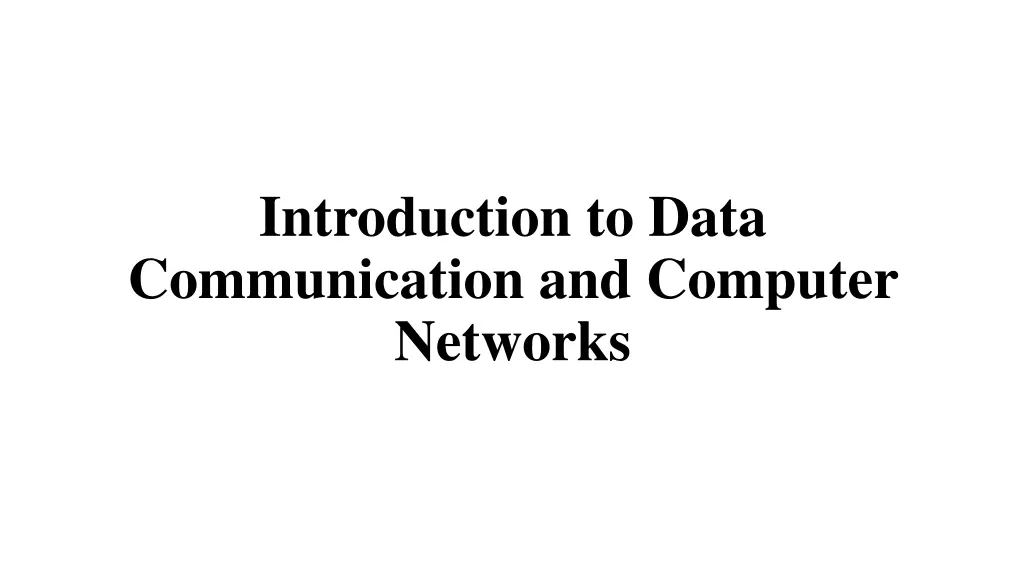
Understanding Data Communication and Computer Networks
Explore the basics of data communication, computer networks, types of communication, data vs. information, fundamental characteristics, and components involved in data communication systems.
Download Presentation

Please find below an Image/Link to download the presentation.
The content on the website is provided AS IS for your information and personal use only. It may not be sold, licensed, or shared on other websites without obtaining consent from the author. If you encounter any issues during the download, it is possible that the publisher has removed the file from their server.
You are allowed to download the files provided on this website for personal or commercial use, subject to the condition that they are used lawfully. All files are the property of their respective owners.
The content on the website is provided AS IS for your information and personal use only. It may not be sold, licensed, or shared on other websites without obtaining consent from the author.
E N D
Presentation Transcript
Introduction to Data Communication and Computer Networks
Data Communication: Exchange of data (in the form of 0s and 1s) between two devices via some form of transmission medium (such as a wire cable). Computer Network: Several computers interconnected by one or more transmission paths. The transmission path is often the telephone line due to its convenience and universal preservation.
Types of Data Communication 2 Types Local Remote If the communicating device are in the same building If the device are farther apart
Data and Information Data: Data is raw, unorganized facts that need to be processed. Data can be something simple and seemingly random and useless until it is organized. Information: When data is processed, organized, structured or presented in each context to make it useful, it is called information.
Fundamental Characteristics of Data Communication The effectiveness of a data communication system depends on four characteristics: 1. Delivery: The system must deliver data to the correct destination. 2. Accuracy: The system must deliver data accurately. 3. Timeliness: The system must deliver data on time. 4. Jitter: Jitter refers to the variation in packet arrival time
Components of Data Communication 1)Message 2)Sender 3)Receiver 4)Transmission Media 5)Protocol
Components of Data Communication 1) Message: The information (Data) to be communicated; it may be an image, text, number, Audio, or Video. 2)Sender: The sender is the device or person that sends the data. It can be sent using a computer, telephone, or camera. 3)Receiver: The receiver is the device or person that receives the data. It can be received by using a telephone, computer, or television. 4)Transmission Media: The physical path by which message travels from source to destination (sender to receiver) example twisted pair, coaxial cable, fiber optic, radio waves. 5)Protocol: A protocol is a set of rules that govern data communication. It provides agreement between sender and receiver devices.
Data Flow Simplex: Communication is unidirectional i.e. TV signal Full Duplex: Both directions at the same time. i.e. Phone Half Duplex: Either direction but only one way at a time i.e. walkie talkie
Types of Connection Multipoint Point to Point A dedicated link is provided between the two devices More than two specific devices share a single link
Transmission Of Digital Data 1. Baseband Transmission Baseband transmissions typically use digital signaling over a single wire; the transmissions themselves take the form of either electrical pulses or light. The digital signal used in baseband transmission occupies the entire bandwidth of the network media to transmit a single data signal. Baseband communication is bidirectional, allowing computers to both send and receive data using a single cable. However, the sending and receiving cannot occur on the same wire at the same time. Example: LAN Using baseband transmissions, it is possible to transmit multiple signals on a single cable by using a process known as multiplexing. Baseband uses Time- Division Multiplexing (TDM), which divides a single channel into time slots.
Transmission Of Digital Data 2. Broadband Transmission Whereas baseband uses digital signaling, broadband uses analog signals in the form of optical or electromagnetic waves over multiple transmission frequencies. For signals to be both sent and received, the transmission media must be split into two channels. Alternatively, two cables can be used: one to send and one to receive transmissions. Multiple channels are created in a broadband system by using a multiplexing technique known as Frequency-Division Multiplexing (FDM). FDM allows broadband media to accommodate traffic going in different directions on a single media at the same time. Example: Broadband line through dial-up mode.

